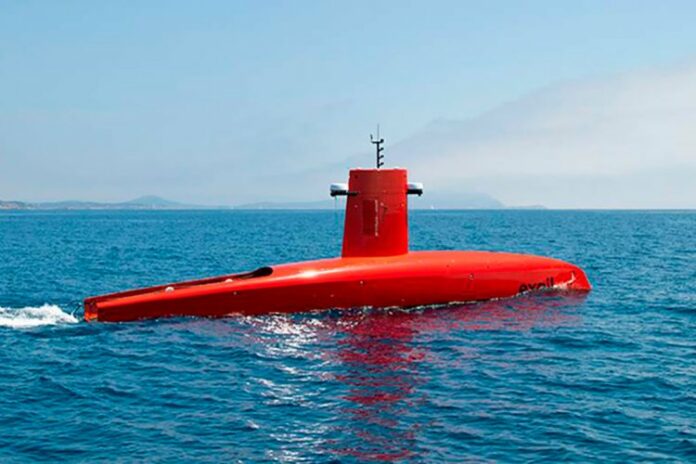Unveiled last March at Oceanology International in London, the DriX O-16 was first put to sea on Wednesday, May 29th in its home port of La Ciotat (South of France). After undergoing a first series of sea trials within the next couple of days, it was showcased in action to selected partners and customers on Wednesday, June 5th.
Twice the length and five times the displacement of the legacy DriX H-8, the latest addition to Exail’s USV product line, DriX O-16, is designed for long-duration operations of up to 30 days. It benefits from an autonomy of 3,500 nm and can deploy multiple payloads and subsea assets. Its larger size allows for a wide range of payloads, including Multibeam Echosounders (MBES), Sub-Bottom Profilers (SBP), and acoustic subsea positioning and communication systems (USBL).
Additionally, the USV features a launch and recovery system to deploy Remotely Operated Towed Vehicles (ROTVs), inspection-class Remotely Operated Vehicles (ROVs), and Autonomous Underwater Vehicles (AUVs). The new transoceanic USV is particularly suited for full ocean depth scientific and hydrographic surveys, geophysical and UXO surveys, and subsea infrastructure inspections, which may require the deployment of multiple robots.
“We are very proud to have demonstrated to our clients, in such a short time, our capacity to deliver a new fully functional USV that meets the demand for larger capacity, endurance, and multi-mission capabilities, while maintaining high reliability and efficiency at sea,” says Sébastien Grall, Director, Maritime Autonomy Solutions at Exail. “We are convinced that platforms such as DriX O-16 will support the marine industry’s transition to more reliable and efficient autonomous operations”.



